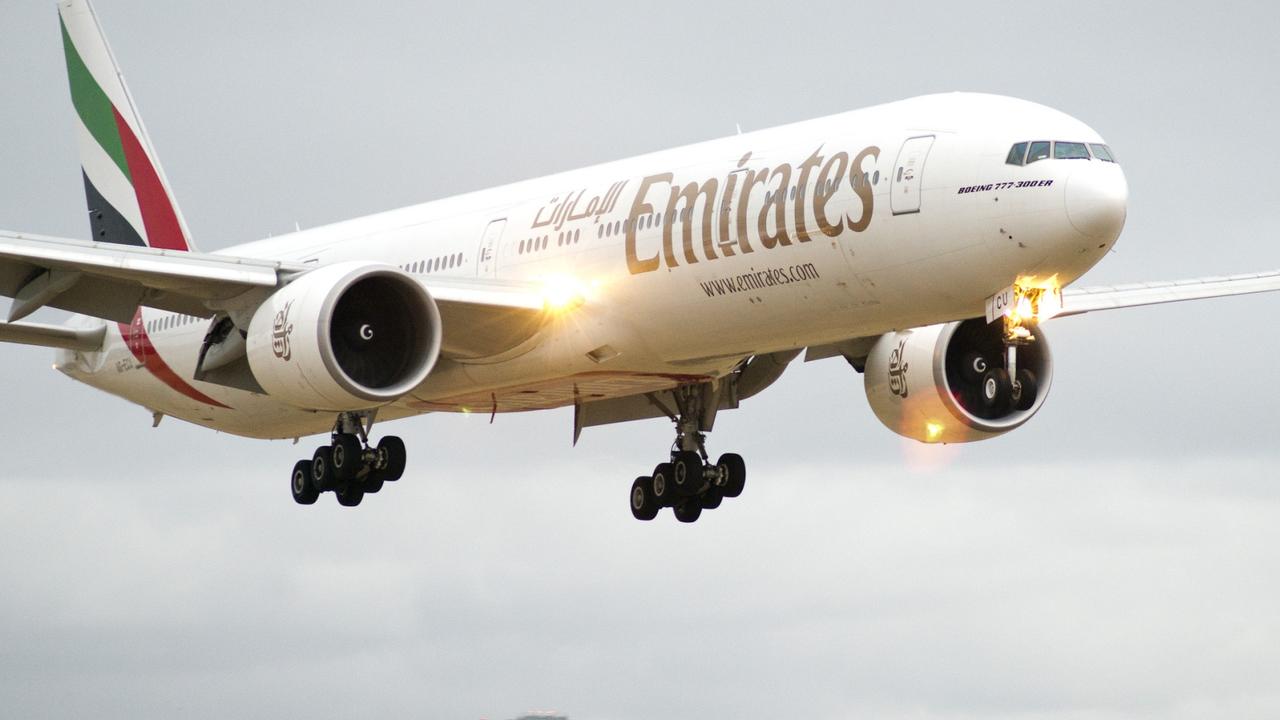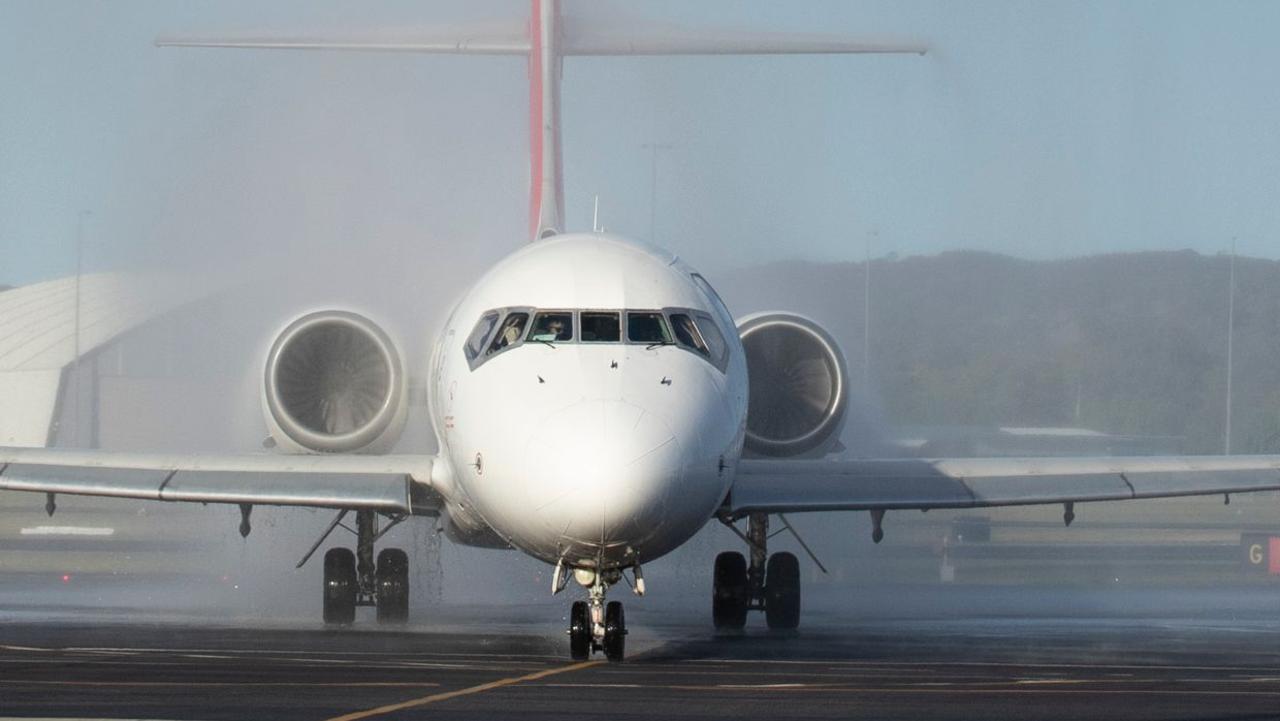Australia says it doesn’t need Chinese tourist dollars as border reopens
The biggest source of tourists to Australia prior to the pandemic may be missing as our borders reopen - but the government isn’t worried.
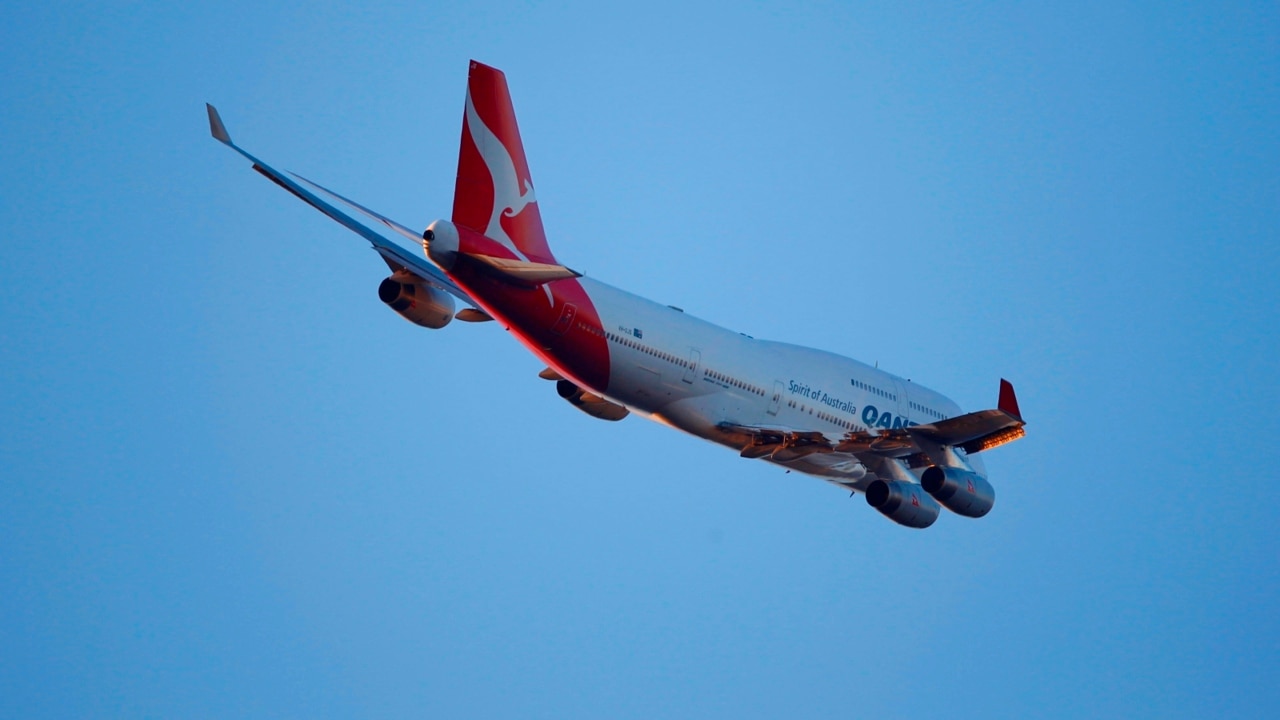
Tourism Minister Dan Tehan says Australia doesn’t need dollars from Chinese travellers, as the country gears up to reopen to the world in 2022.
Mr Tehan told the CAPA Centre for Aviation conference in Sydney on Wednesday that with the reopening of borders for international travel for vaccinated residents and citizens, the aviation and tourism industries were starting to see an increase in traffic, despite the huge loss of Chinese visitors.
As a result, Mr Tehan said that as Australia looks to open up for travel in 2022, travel demand from other parts of the world coupled with reduced isolation measures for vaccinated arrivals will help the country’s Covid recovery with or without Chinese tourist dollars.
“Australia’s star had shone bright throughout the pandemic as far as the rest of the world was concerned,” Mr Tehan said.
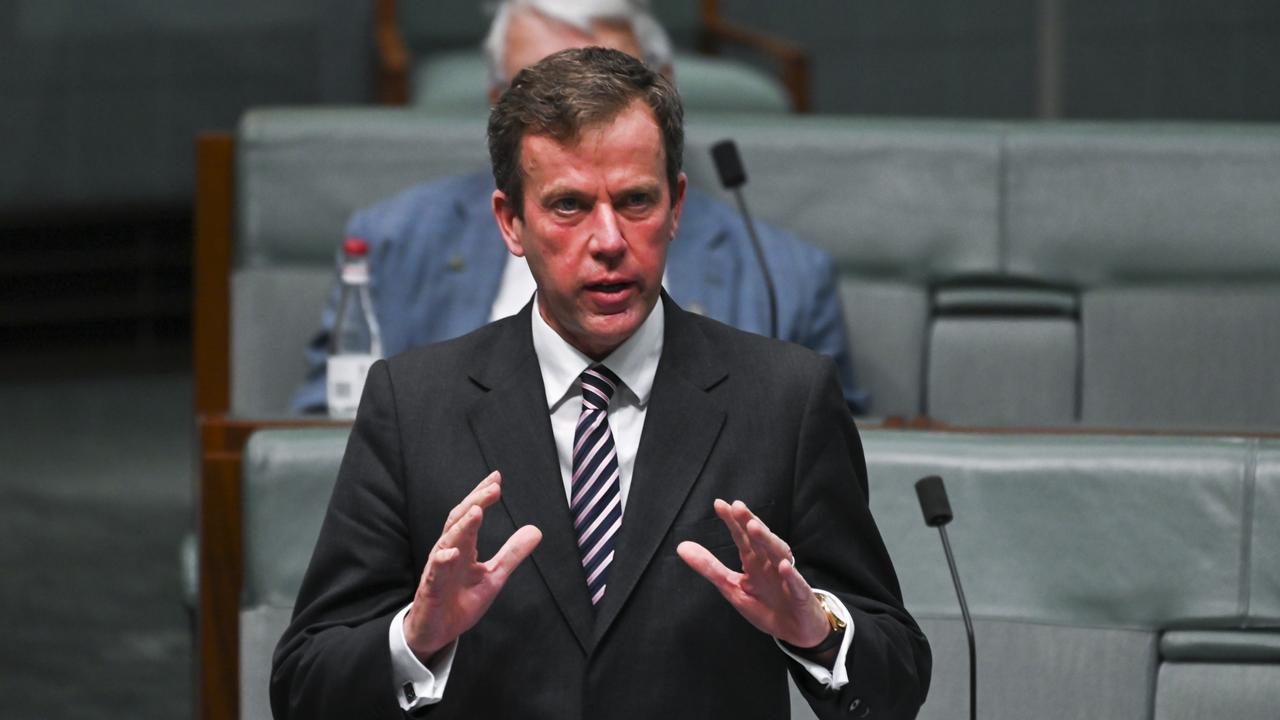
“People want to come to Australia, and that is the message I’ve got very, very clearly, whether it be North America, Europe, [or] Asia.”
While residents from Singapore are eligible to travel to and from Australia, corridors between Japan and South Korea are set to be open later this month.
“My hope is Europe, North America and the Pacific will follow … and if we can continue to open up safely there’s no reason why we shouldn’t be able to bring those countries on board sooner rather than later,” he said.
Despite China being Australia’s biggest source of international visitors prior to the pandemic, the Omicron variant is causing global panic and leading governments to shut borders again to certain countries.
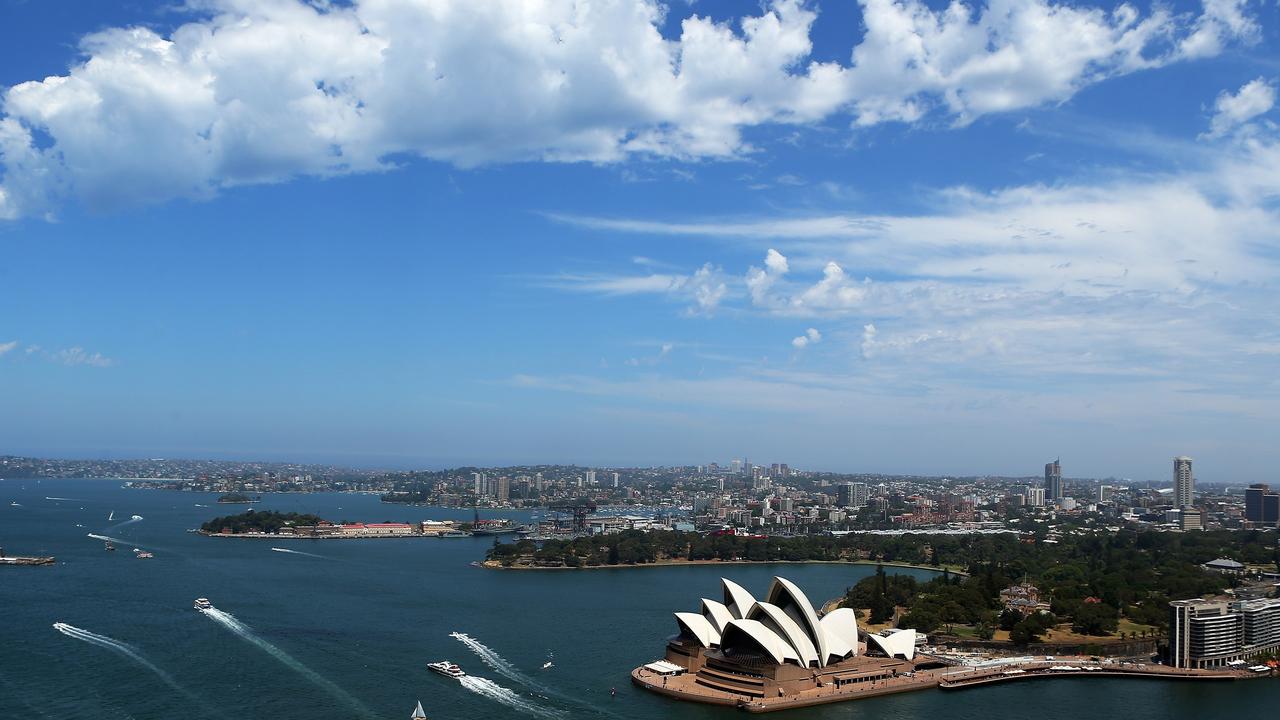
In a bid to keep the country at ‘Covid-zero’, especially ahead of the Beijing Winter Olympics, China announced that international flights would be kept at 2.2 per cent of pre-Covid levels during the winter.
According to the New York Times, since August, China has almost entirely stopped issuing new passports, and has imposed a 14-day quarantine for all arrivals.
Entering or simply returning to China also requires extensive paperwork and multiple Covid-19 tests.
As a result, many Chinese residents have decided to stay put, which has had a particular impact on North and Southeast Asia, especially considering in 2019 Chinese tourists spent about $260 billion and exceeding all other nationalities.
There are fears it could take up to two years before China fully reopens.
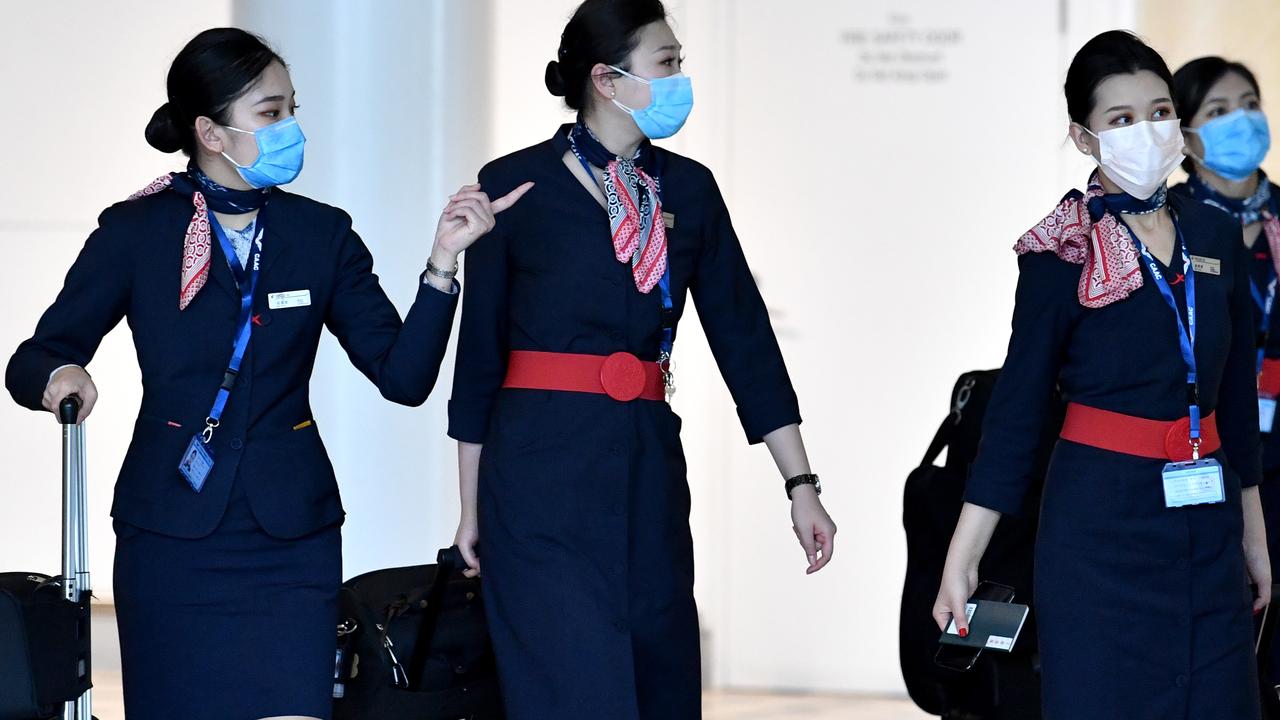
China clamping down on residents’ movements comes as Canada joined the United States and other countries in a diplomatic boycott of the Beijing Olympics in February.
While Canada will still allow athletes to compete at the Games, there will be no diplomatic representation.
The move follows the United States announcing its diplomatic boycott, over what Washington termed China’s “genocide” of the Uyghur minority in the Xinjiang region and other human rights abuses. Australia and Britain also said Wednesday that their officials would stay away.
Beijing warned the US would “pay the price” for its boycott, while it accused Canberra of “political posturing and selfish games” and “blindly following” Washington.



